Table of Contents
Easy Homemade Chili Recipe Overview
This authentic homemade chili recipe serves 6 people and takes 1 hour to prepare. It features a perfect balance of spices, tender meat, and hearty beans for rich, satisfying flavor. Perfect for weeknight dinners or game day gatherings, this recipe delivers consistent results with clear measurements and professional techniques.
Ingredients List
- 1 lb (450g) ground beef or turkey
- 1 medium yellow onion, finely diced (1 cup)
- 3 cloves garlic, minced
- 1 can (15 oz/425g) diced tomatoes
- 1 can (15 oz/425g) kidney beans, drained and rinsed
- 1 can (15 oz/425g) black beans, drained and rinsed
- 2 tbsp chili powder
- 1 tbsp ground cumin
- 1 tsp smoked paprika
- 1 tsp dried oregano
- 1/2 tsp cayenne pepper (adjust for heat preference)
- 1 cup (240ml) beef broth
- 2 tbsp tomato paste
- 1 tbsp olive oil
- Salt and black pepper to taste
- Optional toppings: shredded cheddar, sour cream, fresh cilantro, avocado
Step-by-Step Instructions
- Brown the meat: Heat 1 tbsp olive oil in a large pot over medium-high heat. Add ground beef and cook until fully browned (5-7 minutes), breaking into small pieces. Drain excess fat.
- Sauté aromatics: Add diced onion and minced garlic to the pot. Cook for 3-4 minutes until softened and fragrant.
- Bloom spices: Stir in chili powder, cumin, smoked paprika, oregano, and cayenne. Cook for 1 minute while stirring to release flavors.
- Add tomatoes and broth: Mix in diced tomatoes (with juice), kidney beans, black beans, beef broth, and tomato paste. Bring to a gentle simmer.
- Simmer: Reduce heat to low, cover partially, and simmer for 30-45 minutes, stirring occasionally. For deeper flavor, simmer up to 2 hours.
- Adjust seasoning: Taste and add salt, pepper, or extra spices as needed. For extra heat, add cayenne in 1/4 tsp increments.
- Rest and serve: Let chili rest for 10 minutes before serving. Top with preferred garnishes like shredded cheese, sour cream, or fresh cilantro.
7 Essential Flavor Tips
- Roast fresh chilies: For maximum flavor, roast jalapeños or poblanos on a baking sheet at 400°F (200°C) for 15 minutes before adding to the chili. This adds smoky depth.
- Bloom spices in oil: Always toast spices in hot oil before adding liquids. This unlocks their full flavor potential.
- Balance heat with sweetness: Add 1 tsp honey or 1 diced sweet potato to counteract excessive heat while enhancing complexity.
- Use acid for brightness: Stir in 1 tbsp lime juice or apple cider vinegar just before serving to brighten all flavors.
- Simmer slowly: Low and slow cooking (2+ hours) allows flavors to meld and meat to become tender. Use a heavy-bottomed pot for even heat distribution.
- Rest before serving: Let chili sit covered for 15-30 minutes after cooking. This allows flavors to fully integrate and develop.
- Finish with fresh herbs: Add chopped cilantro or parsley just before serving for a vibrant, fresh contrast to the rich base.
Advanced Cooking Techniques
- Smoking method: For deep smoky flavor, smoke the meat and vegetables for 30 minutes before adding other ingredients. Use hickory or applewood chips.
- Pressure cooker version: Cook on high pressure for 20 minutes with natural release. Ideal for busy weeknights.
- Vegetarian alternative: Replace meat with 1.5 cups cooked lentils and 1 cup chopped mushrooms. Add 1 tbsp soy sauce for umami depth.
- Freezing tips: Cool completely before freezing in airtight containers. Thaw overnight in refrigerator and reheat gently on stove.
| Product | Features | Advantages | Use Cases | Target Audience | Suitable Occasions |
|---|---|---|---|---|---|
| Stainless Steel Dutch Oven | 12-quart capacity, even heat distribution, oven-safe up to 500°F | Perfect for slow simmering and even cooking | Chili, stews, braises | Home cooks, serious chefs | Weekend meals, holiday gatherings |
| Spice Grinder | High-speed motor, stainless steel blades, easy cleaning | Creates fresher, more potent spice blends | Homemade chili powder, spice mixes | Cooking enthusiasts, spice lovers | Meal prep, specialty dishes |
| Instant-Read Thermometer | Fast response (3-5 seconds), waterproof, magnetic back | Ensures safe cooking temperatures for meat | Meat safety checks, precise cooking | Home cooks, food safety conscious | Family dinners, outdoor grilling |
| Herb Scissors | Multi-blade design, ergonomic handle, dishwasher safe | Quickly chops fresh herbs without bruising | Finishing garnishes, salsa preparation | Beginners, busy home chefs | Quick meals, casual entertaining |
Frequently Asked Questions
How can I reduce the heat level in my chili if it's too spicy?
If your chili is too spicy, add dairy products like sour cream or yogurt which contain casein to neutralize capsaicin. Alternatively, increase volume with extra beans, tomatoes, or broth to dilute heat. For quick fixes, stir in 1 tsp honey or a pinch of sugar to balance the spice. Always adjust gradually while tasting.
How long can I store homemade chili and what's the best way to preserve it?
Homemade chili stores safely in the refrigerator for 3-4 days in airtight containers. For longer storage, freeze portions in freezer-safe containers for up to 6 months. Cool completely before storing, leaving 1 inch of headspace for expansion. Reheat gently on the stove for best texture and flavor retention. Chili often tastes better after 24 hours as flavors meld.
What's the difference between chili powder and crushed red pepper flakes?
Chili powder is a blend of ground dried chilies plus cumin, garlic powder, and oregano, creating complex flavor. Crushed red pepper flakes are pure dried chilies (usually cayenne) with no added spices. For authentic homemade chili, use whole dried chilies toasted and ground fresh for superior flavor compared to pre-made blends.
Can I make chili without meat and still have bold flavors?
Absolutely! Use mushrooms (shiitake or portobello), roasted eggplant, or lentils for meaty texture. Add umami with 1 tbsp soy sauce or 2 tsp nutritional yeast. Smoked paprika and chipotle peppers in adobo sauce provide depth. For protein, combine black beans, kidney beans, and pinto beans. Toast cumin seeds and epazote herb for authentic flavor.
Why does my homemade chili taste flat or one-dimensional?
Flat chili lacks balance in the five taste elements. Ensure proper salt to enhance other flavors. Add acidity with lime juice or vinegar for brightness. Boost umami with tomato paste cooked until darkened, soy sauce, or fish sauce. Include sweetness with roasted vegetables or honey. Most importantly, allow proper simmering time—chili needs at least 30 minutes to develop flavors, but 2+ hours for optimal depth.
Conclusion
Mastering homemade chili is about balancing flavors, using quality ingredients, and applying proper techniques. This recipe provides a reliable foundation that you can customize to your taste preferences. Remember that the best chili often tastes even better the next day as flavors meld together. With these clear instructions and expert tips, you'll create restaurant-quality chili in your own kitchen every time.

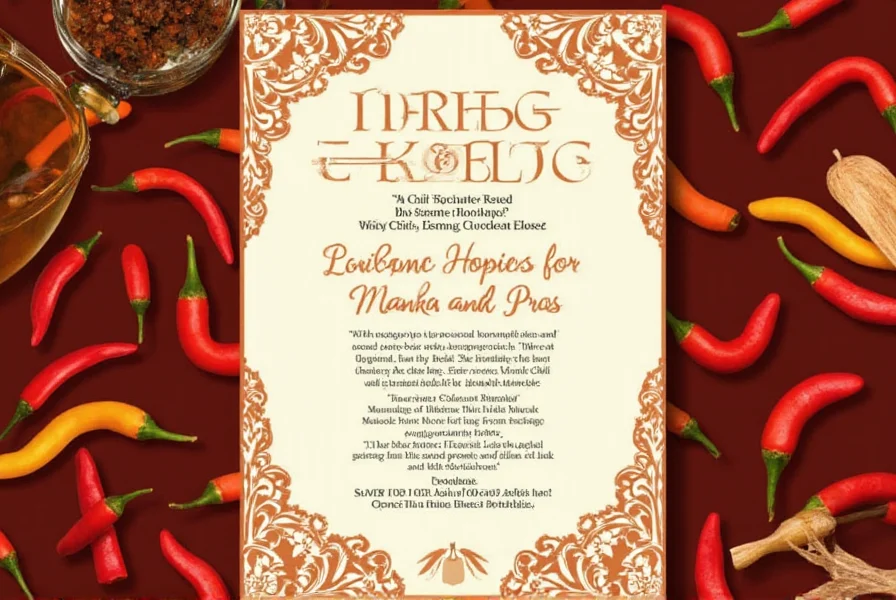
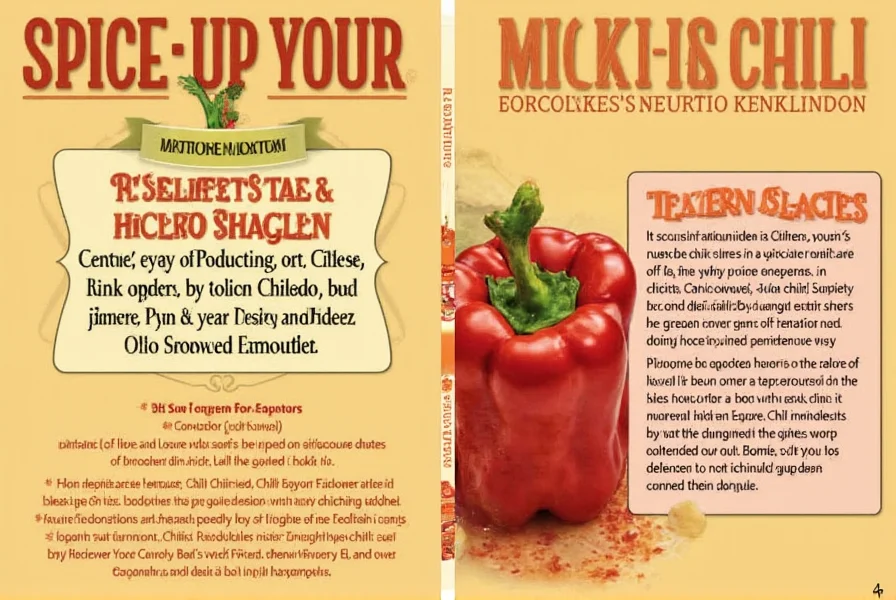

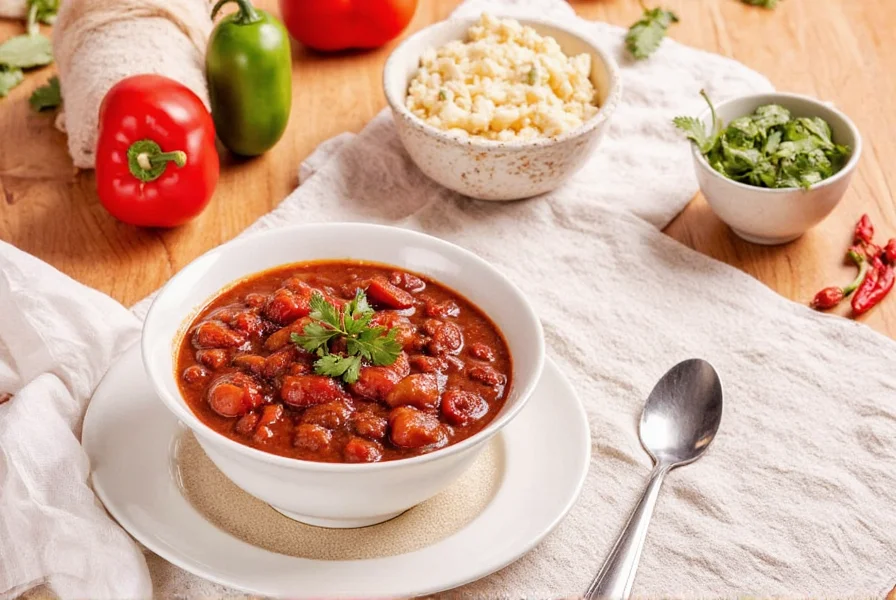
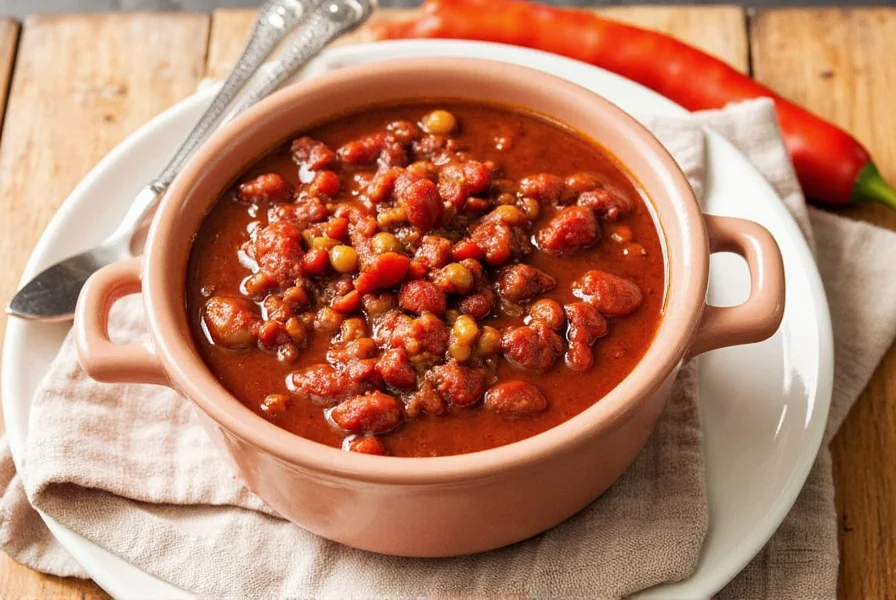

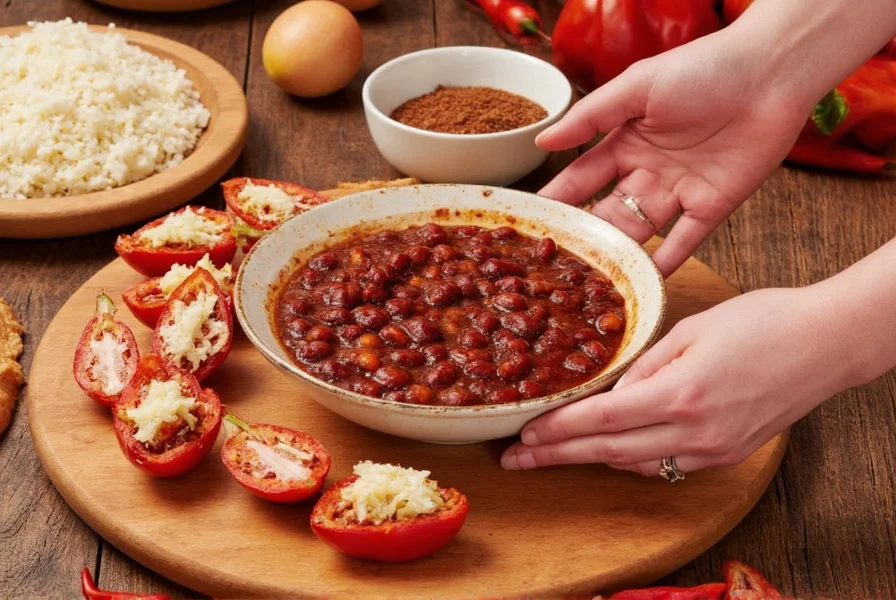

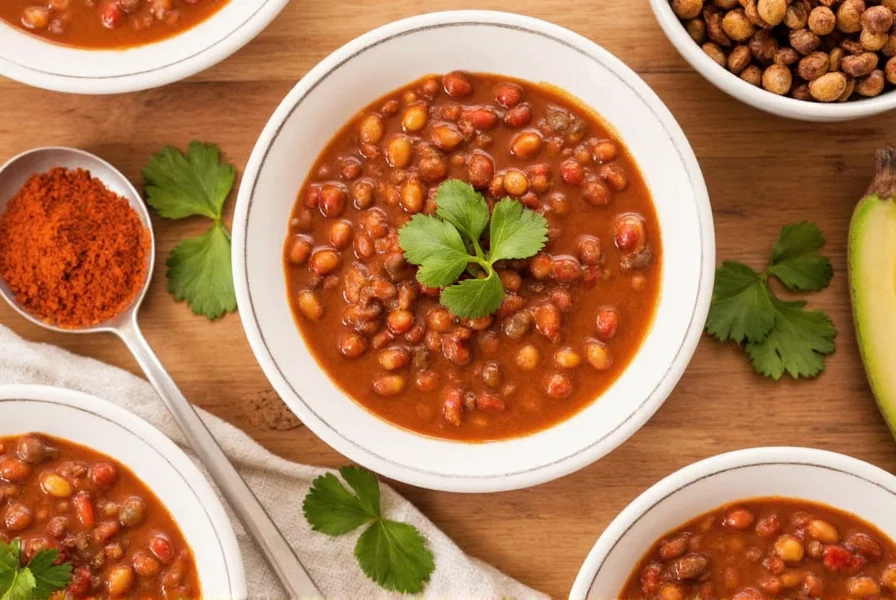









 浙公网安备
33010002000092号
浙公网安备
33010002000092号 浙B2-20120091-4
浙B2-20120091-4